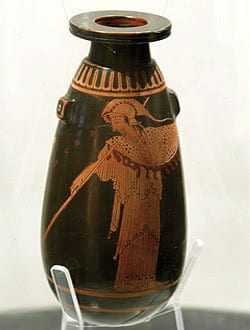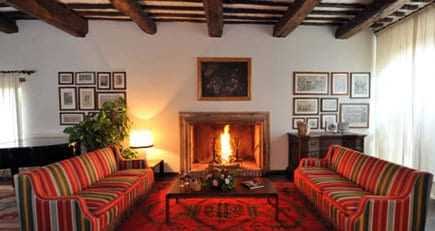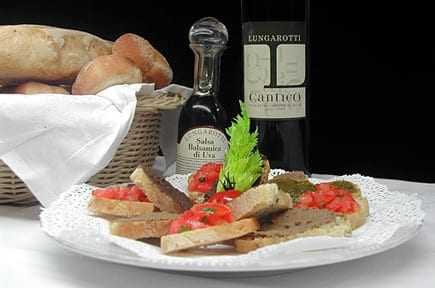Set in the very center of Italy, Umbria is one of the few Italian regions that do not look over the sea. Its land is made by gently sloped hills, lakes and springs, ancient villages full of history, art and spiritual appeal (here is Assisi, where St. Francis was born, with its wonderful basilica).
And flavors, too. Some of the best Italian salami come from Norcia, a small Umbrian village that gave the name to the specialized butchers (norcini), its woods are rich of precious truffles, its wines are very well known. And then there are the olive trees. So many olive trees: they cover a huge part of the Umbrian land, contributing to the region’s label of “Italy’s green heart.”
 The whole region holds a unique PDO for extra virgin olive oil, Umbria, within five sub-zones: Colli del Trasimeno, Colli Amerini, Colli Martani, Colli Assisi-Spoleto, Colli Orvietani. The lead role here is played by the intense Moraiolo cultivar, with its bitter flavor and full aroma. Other varieties like Frantoio and Leccino feature as high level co-star to smooth the extra virgin oil character, as well as the typical, gently sweet San Felice, that only grows in a restricted area.
The whole region holds a unique PDO for extra virgin olive oil, Umbria, within five sub-zones: Colli del Trasimeno, Colli Amerini, Colli Martani, Colli Assisi-Spoleto, Colli Orvietani. The lead role here is played by the intense Moraiolo cultivar, with its bitter flavor and full aroma. Other varieties like Frantoio and Leccino feature as high level co-star to smooth the extra virgin oil character, as well as the typical, gently sweet San Felice, that only grows in a restricted area.
Olive oil and wine here always had a major economic and cultural role, but technical progress has deeply changed the rural world that once flourished on them. To preserve this heritage, the Lungarotti family created two museums in the ancient village of Torgiano.
A symbol of Umbrian wine since the ‘60s, when Giorgio Lungarotti founded it, it is still a family-run business, deeply linked to the land where it stands. Chiara Lungarotti and Teresa Severini lead the company today. Their mother Maria Grazia, Giorgio’s wife, is in charge of the Lungarotti Foundation, born in 1987 to promote the Italian rural economy and culture.
An expert in museology and an Art lover, Maria Grazia is to thank for establishing the Museum of Wine, in 1974, and the Museum of Olive and Olive Oil in 2000. They are a charming way to learn more about the history of these two products, dating back to the very beginning of the Mediterranean culture, with a special focus on Umbria.
Guided by the passionate Gianluca – he could talk for hours about every small object displayed – we discover how rural Umbrian life was like in the past decades and how it has changed, along with an exhaustive exhibition of tools, handcraft and artworks from different origins and ages.
The Museum of Olive and Olive Oil stands where an ancient olive press used to operate. Walking along the ten rooms, Gianluca takes us in a fascinating journey through the olive oil world: from the phytological characteristics of the most widespread varieties in Umbria and the methods for cultivation to its presence in daily life throughout the centuries and its uses in medicine, sports and cosmetics.

Among the most precious exhibits, a large collection of oil lamps and the astonishing Attic alabastron by the Foundry Painter (5th century BC), which celebrates Athens foundation myth: the Goddess Athena gave birth from the ground with her spear to an olive tree representing prudence, serenity, peace — that is to say civilization.
While in Torgiano, you can’t miss a visit to the Lungarotti massive cellars, to taste the excellent wines and the two extra virgin olive oils: the intensely herbal Dop Umbria- Colli Martani and the more delicate – yet tasty and nicely pungent – Il Cantico, named after the famous Laudes Creaturarum by St. Francis. Both are made by Moraiolo, Frantoio and Leccino olives, they only differ from the harvesting times.

Afterwards, you can rest in the beautiful Poggio alle Vigne country house, facing the green Brufa’s hill where olive trees and vineyards grow, or in the luxurious resort Le Tre Vaselle within the medieval walls of Torgiano: here you will find comfortable rooms, a Spa with wine-based care treatments, an elegant restaurant with an exquisite cuisine based on local products and – if you fancy a full immersion in the Italian and Umbrian food culture – the new Food and Art Experience in partnership with Alma, the world-renowned cooking school.








